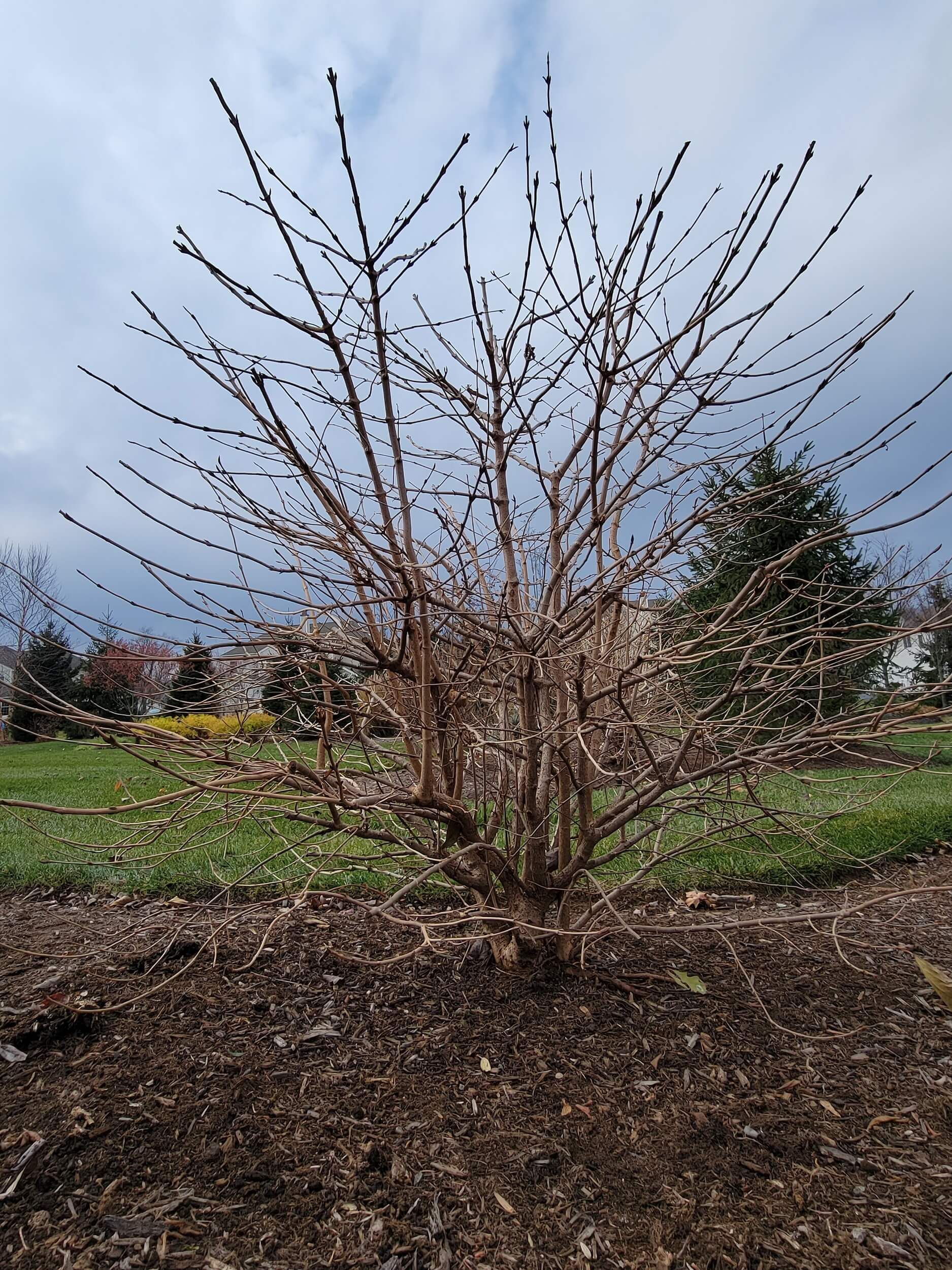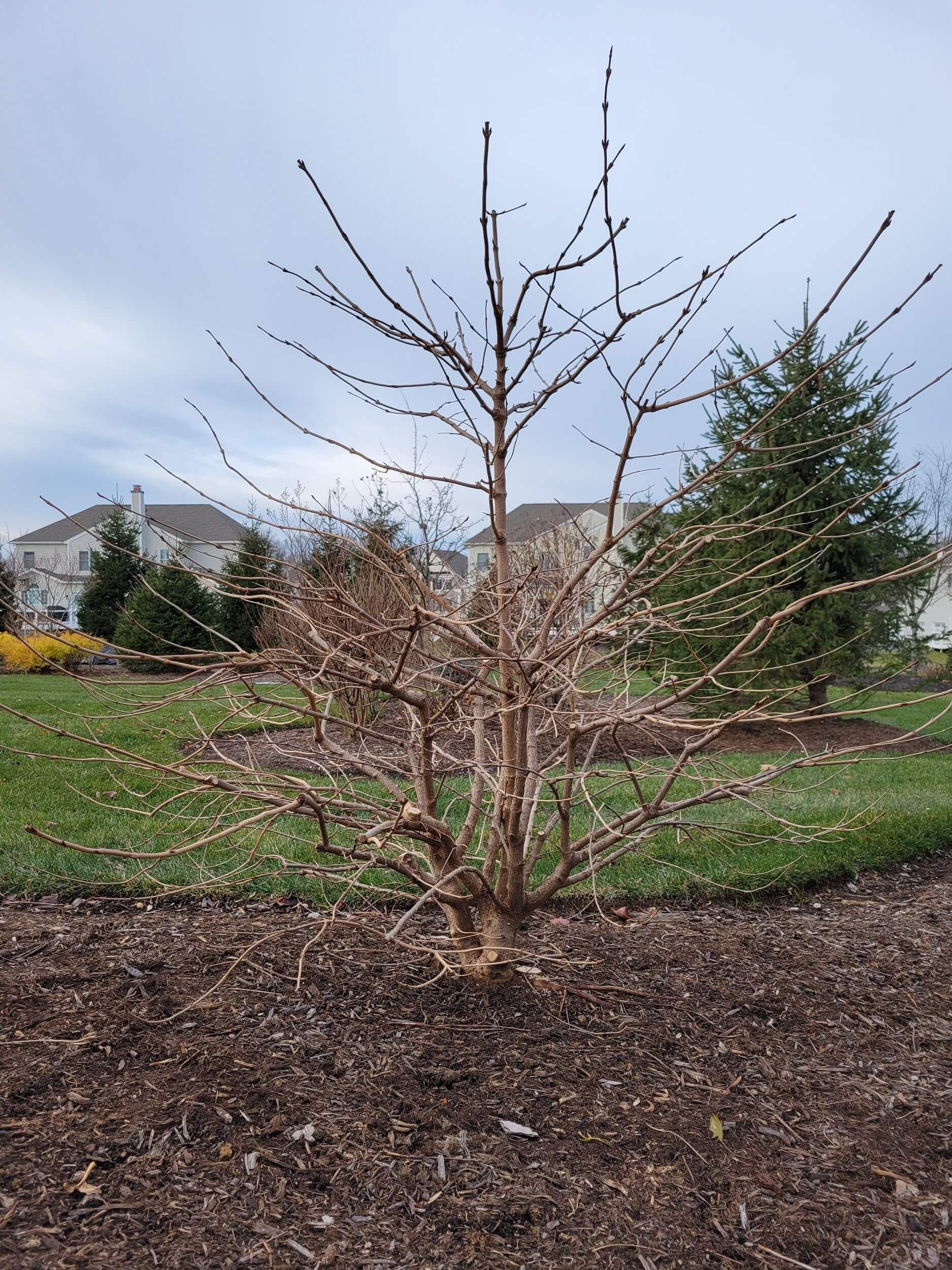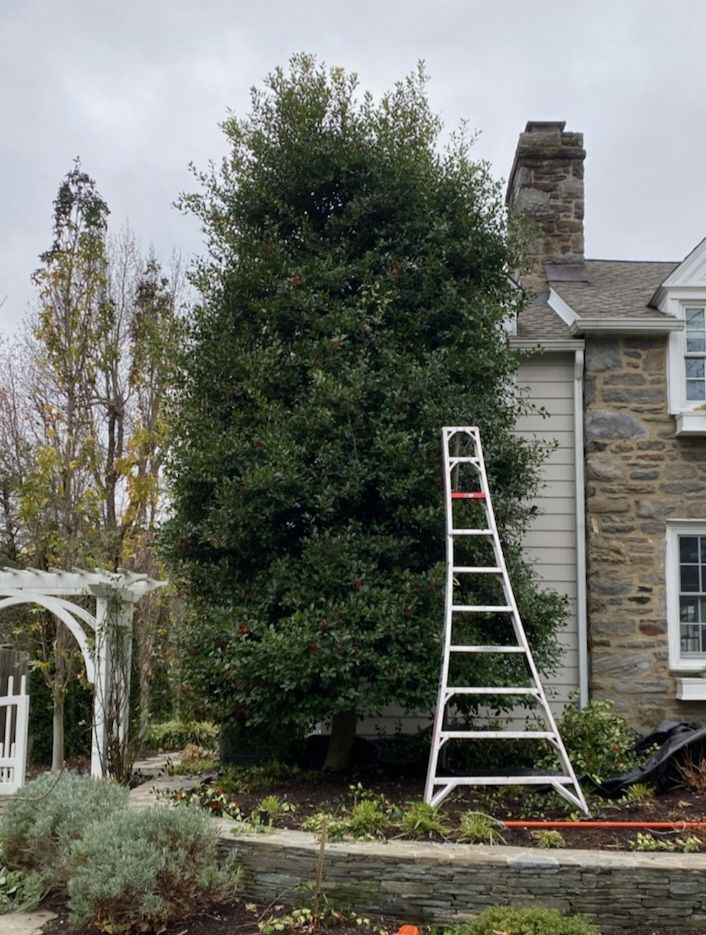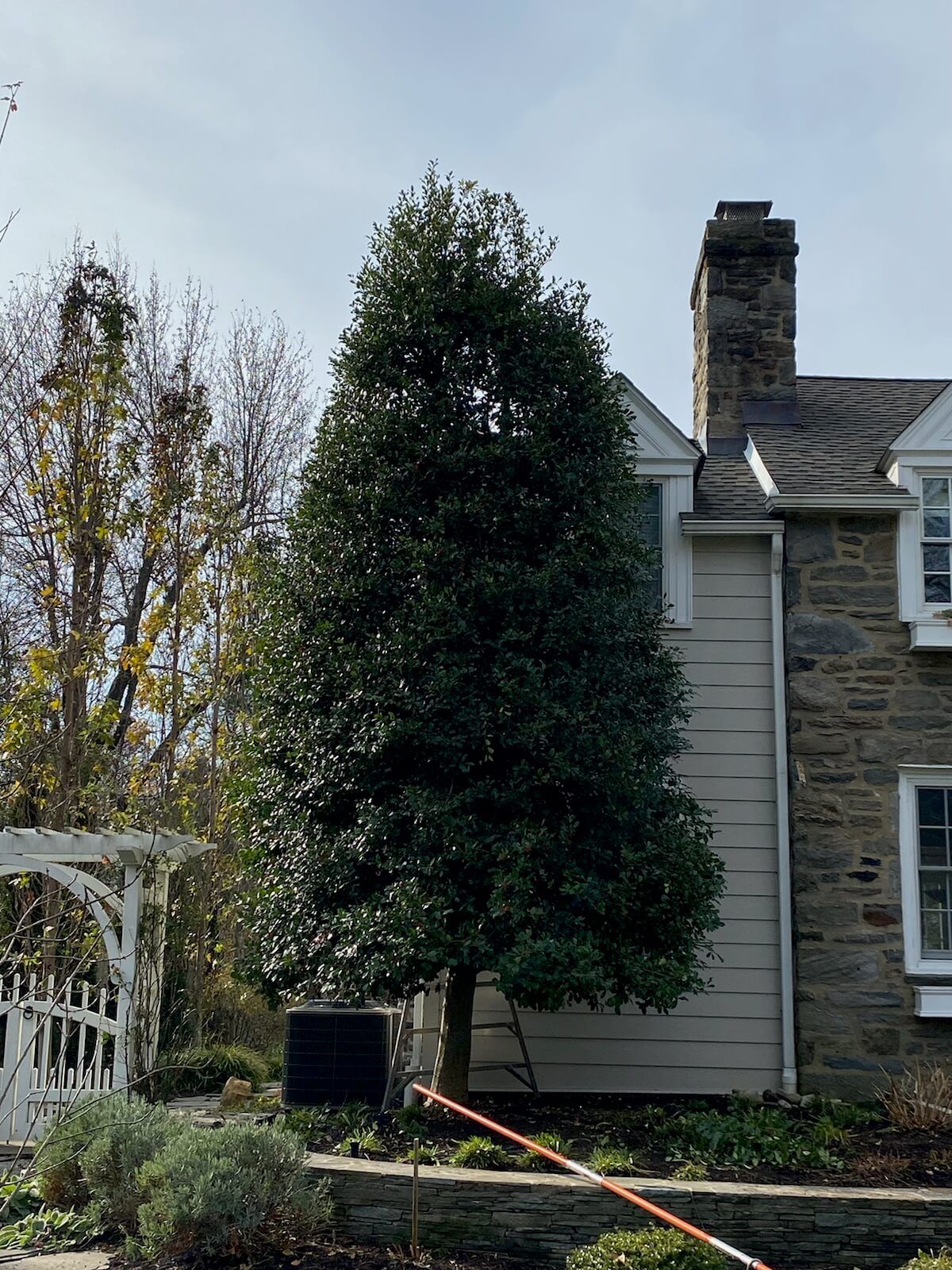What is Corrective Pruning?
Corrective pruning is a technique meant to maintain or enhance a tree’s health by removing dead, diseased, weak, or otherwise unhealthy or unsafe branches. Corrective pruning can be beneficial to both the tree or shrub as well as the landscape as a whole.
Benefits of Corrective Pruning
The main benefit of corrective pruning is that your tree will be healthier and more attractive. You can also reshape your tree’s canopy if you have accidentally allowed the structure to become too dense or if you want to create a more open look.
Improving the Health of the Tree
Removing dead or diseased wood allows light and nutrients to reach healthy parts of the tree. Diseased wood can be treated with an appropriate fungicide if necessary. Pruning can also help thin out a canopy which is sometimes necessary to allow more sunlight and air circulation. One reason is that too many branches close together means more competition among branches for sunlight, and as can often happen, some limbs will get more sunlight at the expense of others. Overly dense branches can make it difficult for certain stems to properly absorb enough rainwater or air to circulate within the canopy.


Increasing Tree Safety
Trees can be afflicted by many issues that weaken the structural integrity of the tree, which increases the risk of branches (or the entire tree in severe cases) falling or breaking off to damage whatever is below or beside them. For example, many tree species are prone to developing codominant stems, where a tree has two trunks that are similar in diameter. Think of a tree whose trunk splits and forms a Y-shape. In this instance, both codominant stems compete, creating a weak upper structure and likely breaking apart in harsh weather conditions.
Pruning back branches that are growing too low down on a trunk helps prevent damage from snow and ice, which can break off large portions of bark in winter storms if they are close enough to ground level. Vulnerable branches at any height can break off without warning and damage property or persons beneath.
In the case of codominant stems, a certified arborist can prune one of the stems, reducing or removing segments or entire branches, so any new growth occurs around a single, strong trunk. Arborists can selectively prune branches to create a more stable, safe, and healthier tree.


Improving the Aesthetics of Your Landscape
Reducing long limbs that are difficult to reach and eliminating unsightly growth at the base of a tree will enhance the beauty of your landscape.
Why You Should Hire a Professional Arborist for Pruning
Corrective pruning is a far more complex process than simply cutting off tree branches. Therefore hiring a professional certified arborist is recommended.
- The tools need to be adequately cleaned to prevent further spreading or introduction of new diseases.
- Specific tools are required to prune trees correctly.
- Pruning requires carefully examining branches and making exact, precise cuts to maintain a tree’s health as much as possible.
For the best results for your trees and to ensure safety, having a licensed and insured tree specialist perform the work is the best decision.
Contact Burkholder PHC for Corrective Pruning & Other Tree Services
If you believe that your trees need corrective pruning, send us an email or give us a call. Burkholder PHC has a team of experienced, qualified arborists who will visit your property, conduct a plant health care evaluation, diagnose the problems, and inform you of the recommended treatment options. In addition, we provide a proactive approach, helping encourage and maintain your trees’ health and appearance. Contact us today for a free consultation.

